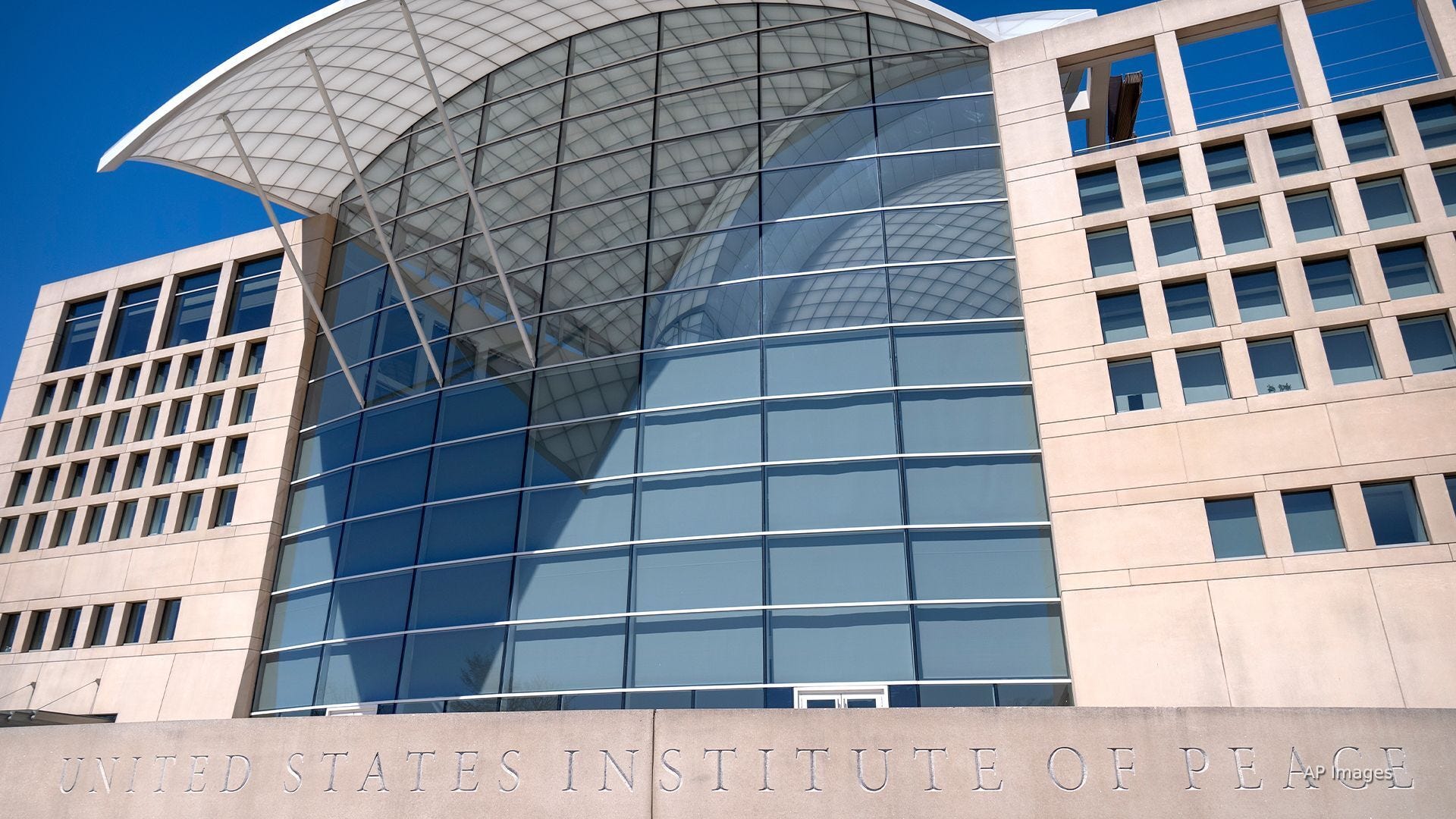I witnessed how the US Institute of Peace serves America. Gutting it won't. | Opinion
A former chief of U.S. Central Command has compared the Institute of Peace to 'the Marine Corps or special forces for foreign affairs and peace-building.' Here's why.

I once witnessed firsthand the creation of soft power in pursuit of peace.
The setting was the residence of the Dalai Lama in the mile-high Himalayan foothills of northern India during an event sponsored by the U.S. Institute of Peace. There were monkeys the size of small children in the trees outside.
The alchemy was delicate. The institute had brought 27 peacekeepers from the world’s most dangerous countries. They were educated and impassioned men and women whose average age was 25 and who were in dire need of reinspiration to continue their difficult work.
It was 2018. As a journalist with Paste BN, I was there with other professionals to assist with mentoring.
But the crucial player for this Institute of Peace initiative was the 14th Dalai Lama, who was the embodiment of peace and compassion. At age 24, six decades earlier, he had led his Tibetan government into exile in the face of brutal Chinese aggression. Who better to rekindle a sense of hope in these young adults committed to sometimes dangerous work?
Why did Congress create the US Institute of Peace?
Creating conflict solutions was precisely why the U.S. Institute of Peace was conceived by Congress in 1985. This small 2018 program was one of the organization’s gems conducted each year.
In meeting with the young activists, the Dalai Lama, then 83, listened carefully to each one. They were a varied lot. A Venezuelan lawyer and human rights instructor. The co-founder of a Somalian peace group. An Afghan journalist. Peace activists from Myanmar and the Central African Republic.
They spoke about a growing sense of bitterness and doubt, of being weighed down by the harsh realities of their work in places that included Syria, Libya, South Sudan, Columbia and Tunisia.
“I’m scared of not being able to empathize anymore because I’m used to the pain,” said Wadi Ben-Hirki, a 21-year-old educator pushing to empower women and end child marriage and genital mutilation in her native Nigeria.
A 28-year-old Baghdad peace activist, Hayder Ghanimi, asked the Dalai Lama, “Have you ever lost hope?”
The Tibetan spiritual leader took his time answering. He acknowledged their feelings. Counseled patience. Reminded them of the yearnings to make a difference that had been the genesis of their efforts. And he reassured them that change would come. “Yes, 100%,” he said.
“Optimism is the source of success,” the Dalai Lama said.
The Pentagon needs the US Institute of Peace
How do you measure what the U.S. Institute of Peace (USIP) accomplished in the Himalayan foothills amid the monkeys in the trees?
In justifying the shuttering of the nonprofit organization, the White House issued a statement on March 29 that “taxpayers don’t want to spend $50 million per year on a publicly funded ‘research institute’ that has failed to deliver peace.”
But what constitutes failure?
During the wars in Iraq and Afghanistan, then-retired Marine Corps Gen. Anthony Zinni, former commander of U.S. Central Command, cited in an opinion piece a sampling of USIP accomplishments:
- The group mediated an agreement between warring Iraqi factions in the “triangle of death” south of Baghdad in 2007 that reduced attacks on U.S. forces over a six-month period from 93 to 1, allowing American commanders to pare down their forces from 3,500 soldiers to 650. Zinni wrote that Gen. David Petraeus called it a turning point in the war.
- In Afghanistan, institute negotiators resolved 18 tribal disputes over a year, mostly involving the abuse of women, and they generated related programs for government, tribal and community leaders.
- The former chief of U.S. Central Command wrote that "the Institute of Peace is like the Marine Corps or special forces for foreign affairs and peace-building. ... The idea that eliminating the United States Institute of Peace would benefit taxpayers is extremely shortsighted and ill informed."
The headline on Zinni’s opinion piece in The New York Times was “Peace-Building That Pays Off.”
A memorial in the foyer of the domed institute headquarters on the National Mall in Washington, D.C., used to memorialize five staff members who died in the pursuit of peace in troubled areas of the world.
In comparison with the deluge of annual federal spending, the $55 million appropriated by Congress for the U.S. Institute of Peace is like drop of water on a blade of grass. It amounts to less than 100th of 1% of just the Pentagon budget of $850 billion. It’s about what the military spends to buy three Black Hawk helicopters.
I saw the fruits of some of that translated into soft power as 27 young peace activists headed home to some of the world’s darkest places with renewed hope.
Gregg Zoroya, a former Paste BN editorial writer, is author of the upcoming book “Unremitting: The Marine 'Bastard’ Battalion and the Savage Battle that Marked the True Start of America’s War in Iraq.” Follow him on Substack: "This is war, as told and witnessed."